https://www.tes.com/teaching-resources/shop/adri_jvr
|
Check out the many creative music composition lesson plans now listed at TES
https://www.tes.com/teaching-resources/shop/adri_jvr
1 Comment
Fun online composing tool for the younger kids! Check it out at https://www.classicsforkids.com/games/compose_your_own_music.php
Fun composing on the online Song Maker! Try it out!
Song Maker https://musiclab.chromeexperiments.com/Song-Maker/ Our top seller this past school year has been "Music Composition for Teens - a Graded First Course" Available on amazon. Get yours now for the new school year. Enjoy!
Introduce the topic: “We are going to compose cellphone ringtones”. Listen to some well-known ringtones (select a few from your cellphone). Below I selected a few from my iPhone. Listen and discuss, e.g.: Play the ringtone, have students identify the instrument, pattern, rhythm, melody and/or any other descriptors: Ascending: ascending major scale on xylophone Bell Tower: classic bell/chime melody Marimba: short, catchy pattern on marimba Piano riff: five melody notes on piano Timba: drumming pattern, no melody Xylophone: short melody, catchy rhythm on xylophone
 Students compose a piece of music directed by a set of graphic notation sound tiles which they will use to write a short narrative or poem and perform as multimedia orchestrated work for narration, sound effects, instrumental parts and/or images. Step 1 Introduce the tile. Discuss how symbols on the tile may be interpreted. E.g.
What is a Leitmotif?
For example: explore, look and listen to the following contemporary style leitmotifs:
For example: Listen to the leitmotif associated with Jaws
Compose Short 2-8 note motifs similar to the "Jaws" leitmotif. - Choose a character from a book, text, play or movie. - Identify his/her/its characteristics - Compose a rhythm only or melodic leitmotif. Perform _ Project the image of your character - Perform the matching leitmotif I spent a lovely week in Spartanburg, South Carolina earlier this month working with teachers at an elementary school: two full days of professional development with the focus on integrating music and literacy followed by classroom demonstrations. Amazing team, well-organized, very receptive faculty - thank you for the invite! I trust I left you all with some ideas, a broader scope for integrating creative activities into the curriculum and a renewed enthusiasm for arts integration.
|
AuthorHi Teachers, Archives
April 2023
Categories |
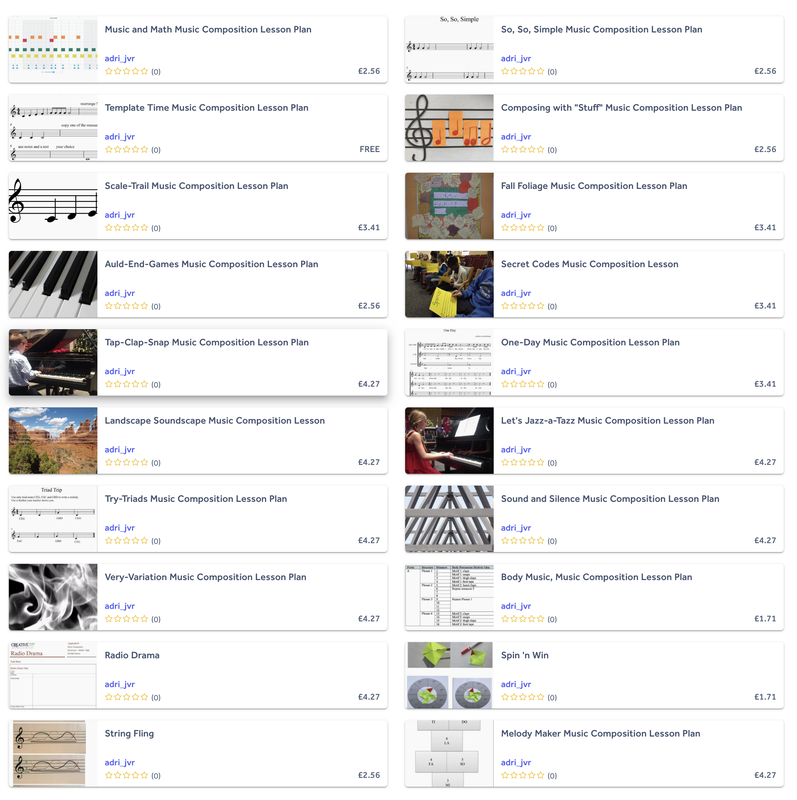
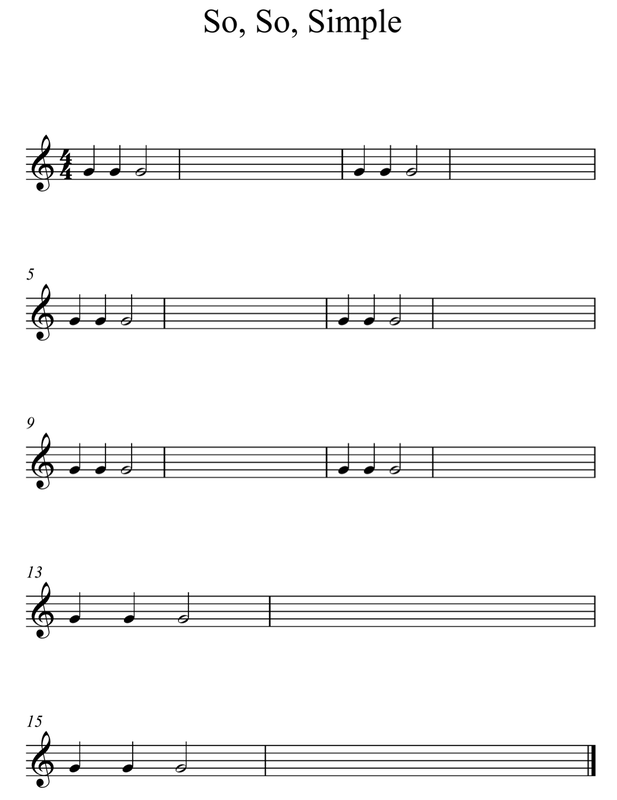
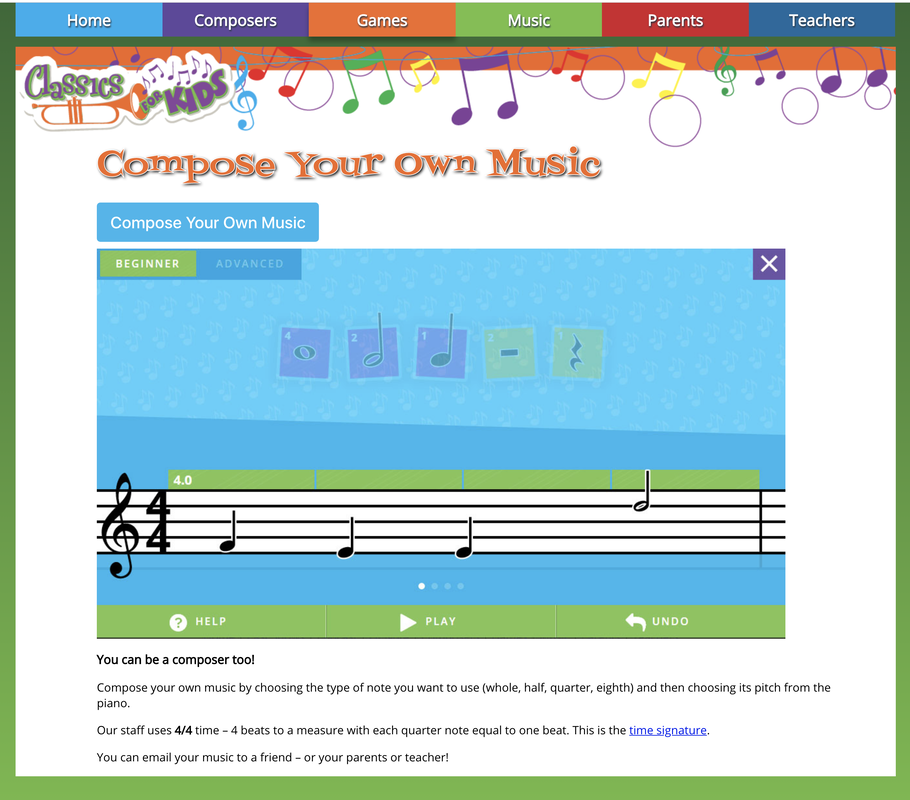
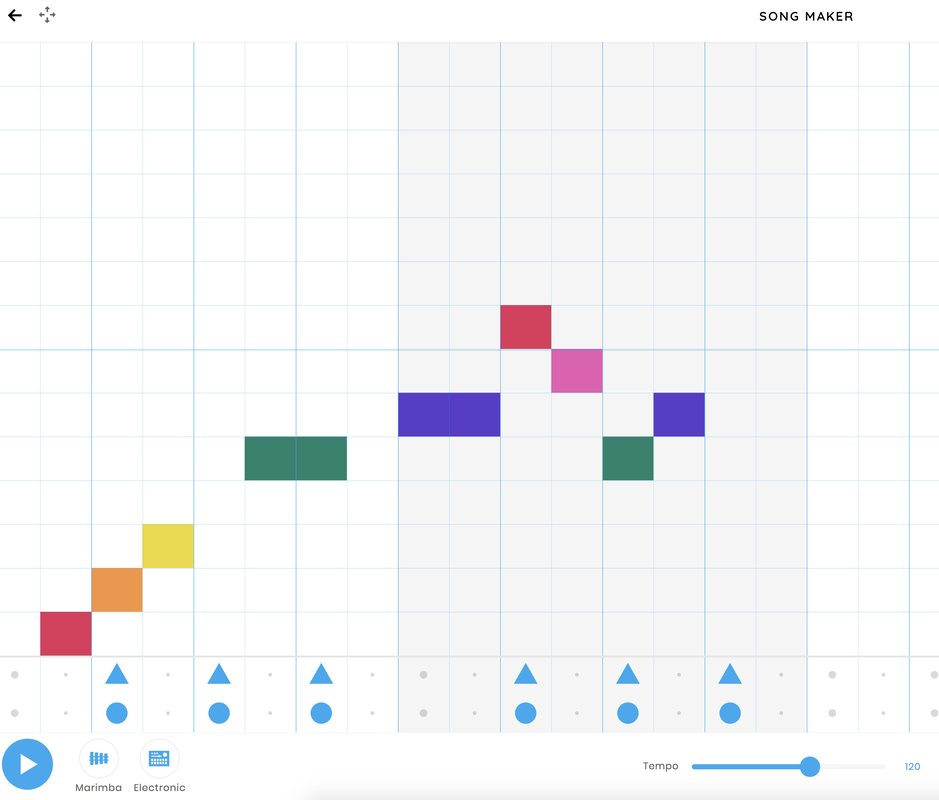
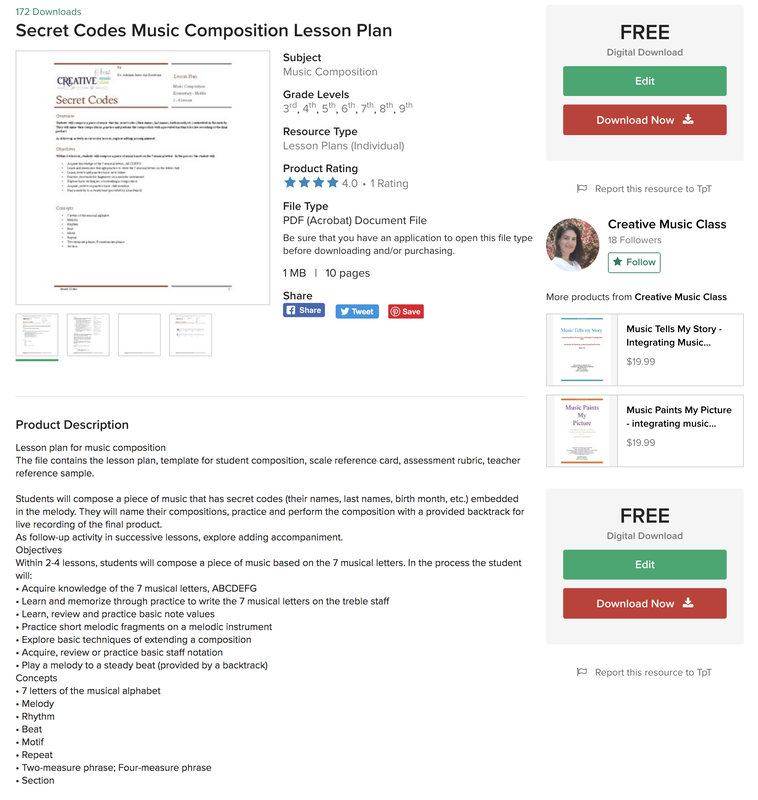
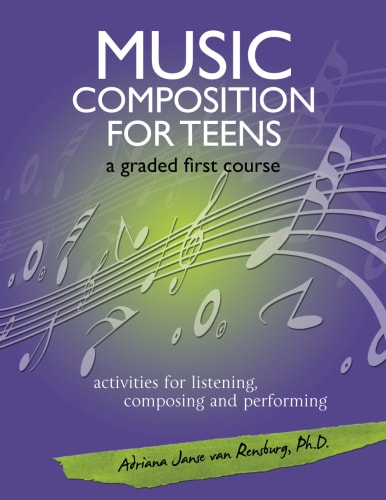
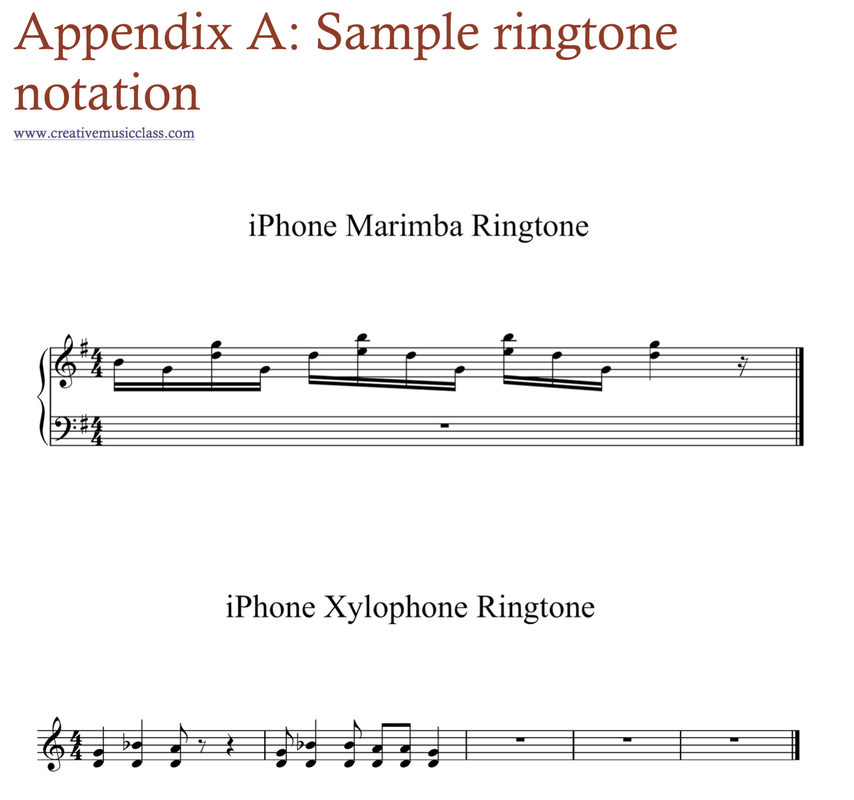
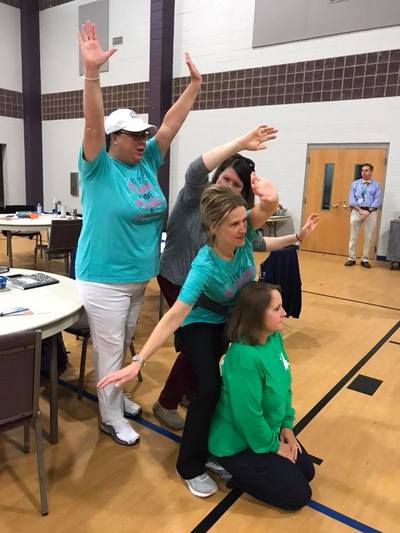
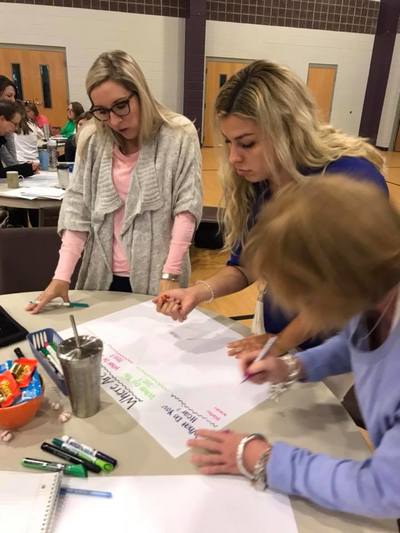

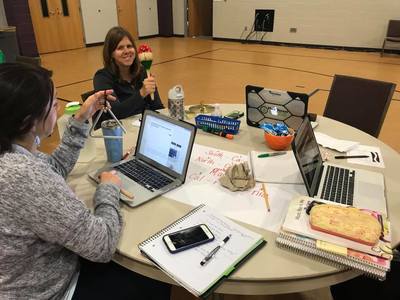
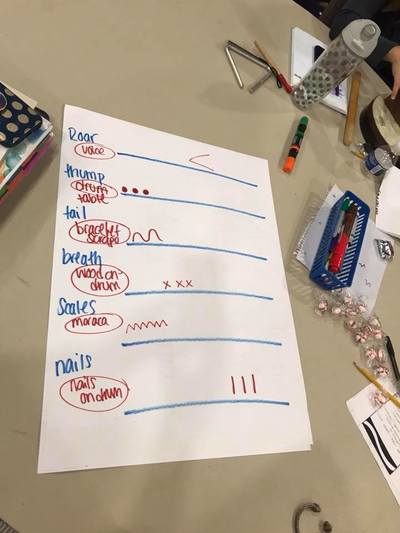
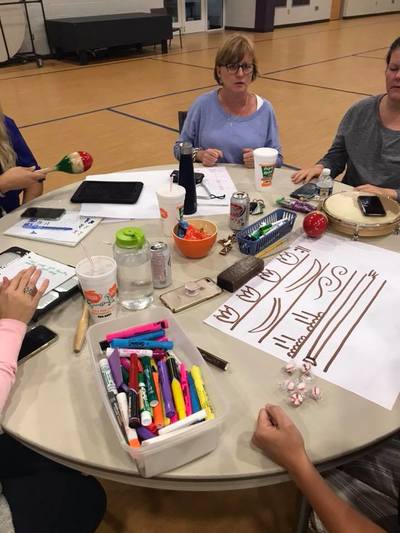

 RSS Feed
RSS Feed